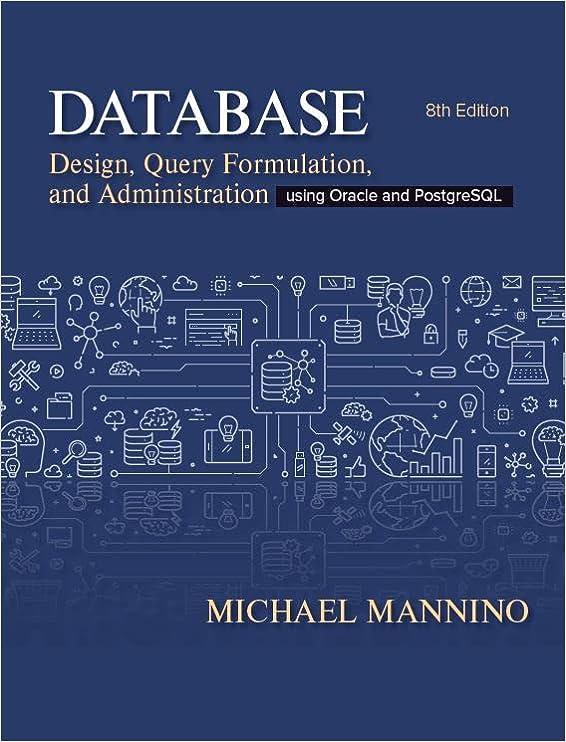Question
PLS CODE IT IN C bPointer bCreate(short size, char increment, char mode) o TODO202 (function header) and TODO203 (function definition). o This function creates a
PLS CODE IT IN C
bPointer bCreate(short size, char increment, char mode) o TODO202 (function header) and TODO203 (function definition). o This function creates a new buffer in memory (on the program heap), trying to allocate memory for one buffer structure using calloc(); o It tries to allocates memory for one dynamic character buffer (content) calling malloc() with the given initial capacity (size); o This function also copies the given size value into the Buffer structure size variable; o NOTE_06: The range of the parameter size must be between 0 and the MAXIMUM ALLOWED POSITIVE VALUE 1 inclusive. The maximum allowed positive value is determined by the data type of the parameter size. o NOTE_07: The range of the parameter increment can vary according to the mode: For FIXMODE, the increment must be always 0,
For ADDMODE the values acceptable are from the range 1 to 255, For MULMODE, the values go from 1 to MAX_INCREMENT (100) inclusive. o If the size is 0, the function tries to create a character buffer with size adjusted to DEFAULT_SIZE (200) characters and increment to DEFAULT_INCREMENT (15). o According to the mode parameter (char), the buffer mode is set (use the constant definitions for this): FIXMODE (0), ADDMODE (1), MULMODE (-1). In the FIXMODE, there is no increment applicable. o With the correct size, the content of buffer (char*) can be created using malloc(). o This function also sets the Buffer structure operational mode indicator mode and the increment. o It also sets the flags field to its default value which is 3FFF hexadecimal (0011.1111.1111.1111 in binary). o Finally, on success, the function returns a pointer to the Buffer structure. It must return NULL pointer on any error which violates the constraints imposed upon the buffer parameters or prevents the creation of a working buffer. o Error Condition_01: If run-time error occurs, the function must return immediately after the error is discovered. Check for all possible errors which can occur at run time. Do not allow memory leaks, dangling pointers, or bad parameters.
Step by Step Solution
There are 3 Steps involved in it
Step: 1

Get Instant Access to Expert-Tailored Solutions
See step-by-step solutions with expert insights and AI powered tools for academic success
Step: 2

Step: 3

Ace Your Homework with AI
Get the answers you need in no time with our AI-driven, step-by-step assistance
Get Started


